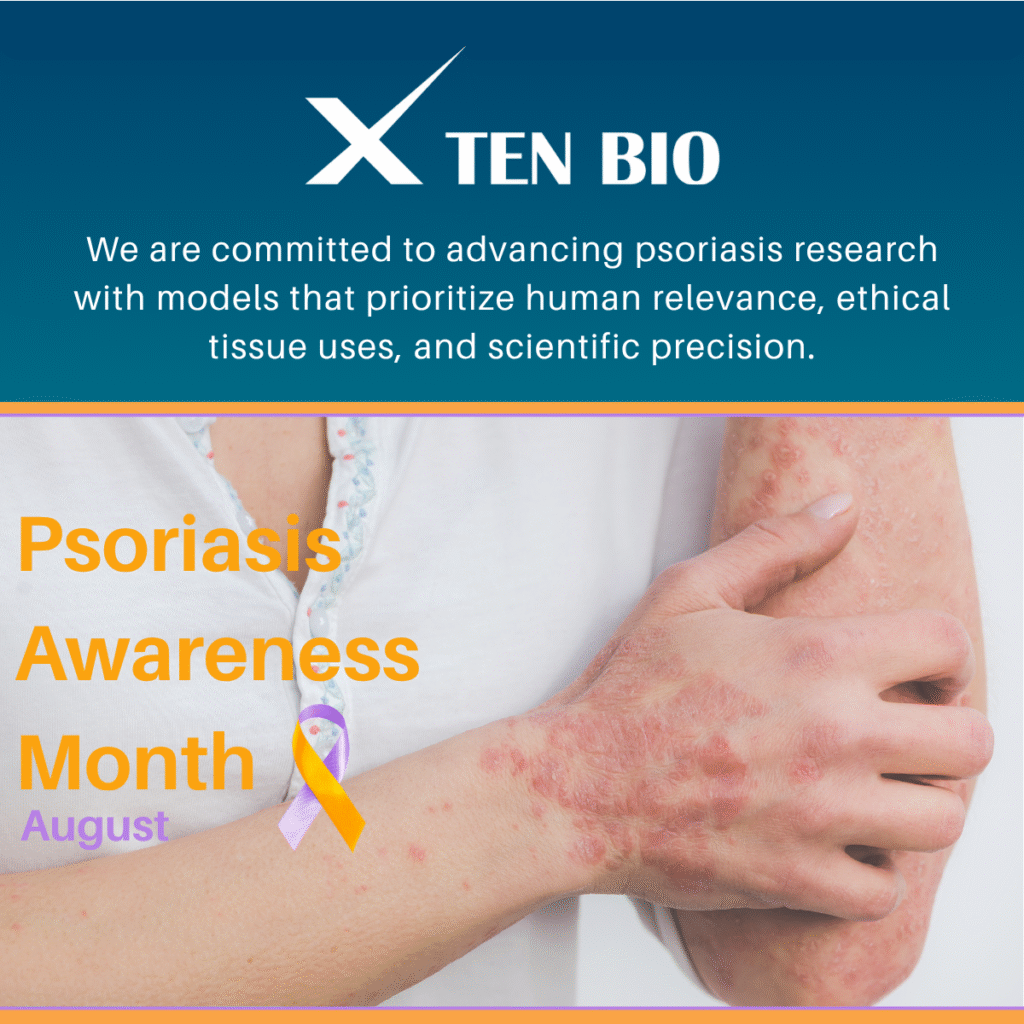Generate more predictive preclinical data without animal testing
The development of new skin products requires extensive testing to determine safety and effectiveness. Historically, this has necessitated the use of animal testing which has serious ethical and financial implications while also not providing ideal test models for human-use products.
Even though the EU has been a global leader in the ban of testing of cosmetics and their ingredients in animals, the chemical industry still tests on animals when alternatives do not provide conclusive results, and the pharmaceutical and medical technology industries still rely heavily on animal models. Historically, the reliance on animal testing (a non-ideal analogue for preclinical validation in drug development nor in predicting the responses of patients to innovations in medical technology generally) has contributed to failure rates approaching 90% in clinical trials.
Evidence also suggests that the use and disposal of animals for chemical and pharmaceutical / medical technology testing and the associated use of chemicals and supplies for failed trials contribute to pollution as well as adverse impacts on biodiversity and public health¹.
There is increasing regulatory and public pressures to reduce testing of pharmaceuticals, medical technology, chemicals, and cosmetics in animals. The FDA Modernization Act 2.0 issued in December 2022 is the latest in modified guidance relating to animal testing, replacing preclinical and animal testing requirements with ‘non-clinical’ tests, noting that these now include human-relevant non-animal methods, thereby removing the requirement for animal studies to be carried out prior to in-human studies. The use of alternative cell-based assays has therefore become a requirement. However, these alternatives have limitations and are often unable to reproduce the complex architecture of the original human tissue. The result is slower development of new products, increased development costs resulting from the generation of misleading preclinical data and often recourse to animal tests, with up to 500,000 animals still being used in Europe and the US annually for skin regulatory testing and research².
Industry is therefore continually searching for alternatives to reduce the number of animals required and to generate more reliable preclinical data.
TenSkinTM is the most physiologically relevant real human skin model for use in a wide range of applications. By holding human skin at optimized mechanical tension, the skin is maintained in a viable state for up to twice as long as traditional models. Unlike other models on the market, TenSkinTM patented culture technology generates more predictive preclinical data due to:
- the integrity of the skin and its mechanobiology
- the presence of the full-thickness human skin anatomy and physiology
- no rapid loss of viability
- the ability to mimic the response of in vivo skin to external stimuli.
Three Rs designed to direct the use of animals and to drive the development and application of alternatives – replacement, reduction and refinement – were first described in 1959 and have even greater relevance today. Ten Bio is leading the way in the design and development of the most relevant alternatives, offering real human skin models.
Ten Bio’s TenSkinTM model bridges the gap between in vitro and in vivo studies, mimicking the complex biological processes and better predicting the outcome of human responses in increasingly expensive clinical trials. The argument for the application of TenSkinTM in preclinical testing is compelling for it offers more predictive data that informs clinical study design which has the potential to generate more relevant and differentiating data at a lower cost.
- Review of Evidence of Environmental Impacts of Animal Research and Testing, 2014, Katherine Groff.
- https://www.crueltyfreeeurope.org/facts-and-figures-animal-testing
July 2023



